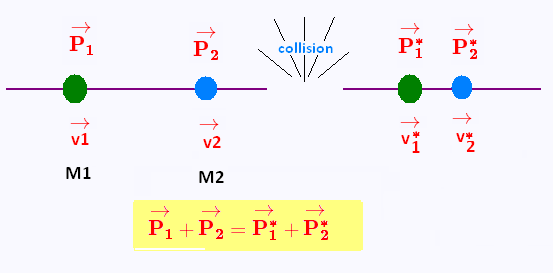
/damaged-bumpers-from-car-accident-1042683874-088a304b19ce499aba726943a378e257.jpg)
We’ve already identified a metric montage in this article… Sylvester Stallone’s Rocky Balboa. Metric montages are usually used to create an aesthetic appeal whilst showcasing important events that occurred over a long period of time within a short sequence. The tempo of the montage can be heightened or lowered to create different emotional effects. This creates a suspenseful or dramatic atmosphere. However, the essence and storyline are maintained. Metric montages cut different clips to the beat of the music.Ĭontinuity is not usually maintained between the clips. However, there are many types of montages that we often see in films, but never notice! When we think of montages, we automatically think of montages like the famous Rocky montage. In the space of a few minutes, we see weeks of training. These are all individual clips representing different times, places, and actions that are connected together.

In the above example, we see Rocky running on train tracks, running through a small town, punching a punching bag, doing push-ups, punching carcasses etc. It is usually a sequence of compressed events that occur over a longer period of time presented in a concise and dramatic way. It is therefore not surprising that during the 6th International Film Festival of Odessa in 2015, the European Film Academy placed a commemorative plate on the stairs and put the Odessa Steps in the list of “Treasures of European Film Culture by the European Film Academy”.You see, a montage refers to the selection of individual, contrasting film clips that are connected to make a whole sequence. The two most celebrated direct references to the scene could be seen in The Untouchables (1987) by Brian De Palma and Revenge of the Sith (2005) by George Lucas. There are references to the scene in many movies by directors such as Alfred Hitchcock, Woody Allen and Francis Ford Coppola. The Odessa Steps sequence apart from being an important moment in the history of cinema also has a strong influence on filmmakers to this today.

Photo by Bev Sykes on Flickr Photo by Vlasenko Photo by Adrian111 In the eleven years of his administration, Odessa grew in size, prospered and became the third largest city in the Russian Empire by population. Richelieu, although French, served in the Russian Imperial Army and was appointed the first governor of Odessa by Tsar Alexander I. The Roman-like statue was designed by the Russian sculptor Ivan Petrovich Martos. At the top of the stairs is the Duke de Richelieu Monument. In 1837, the decision was made to build an enormous staircase, which was constructed between 18. On the left side of the stairway, a funicular railway was built in 1906 to transport people instead of walking. The first staircase consisted of 200 stairs and was designed in 1825 by the Swiss-Italian architect Francesco Boffo and the Russian architect Avraam Melnikov.

The stairs were originally known as the Boulevard steps or the Richelieu steps. Odessa, perched on a high plateau, needed direct access to its harbor. The actual Odessa Steps is a giant stairway in Odessa, which is considered the formal entrance into the city from the direction of the sea, and its most famous symbol. Although the incident never happened and it was based on the fact that there were widespread demonstrations in other parts of the city, the scene is so powerful that it is often referred to as if it really happened.
#COLLISION MONTAGE DEFINITION MOVIE#
The moment, when a mother pushing a baby carriage falls to the ground dying and the carriage rolls down the steps amid the running crowd, is one of the most iconic scenes in movie history. The victims include an older woman, a young boy with his mother, a student in uniform and a teenage schoolgirl. A separate group of Cossacks fires at the crowd at the bottom of the stairs. In the scene, the Tsar’s soldiers in their white uniforms march down a flight of steps in a rhythmic, machine-like fashion, firing at the crowd. The Odessa Steps sequence is one of the most celebrated and influential scenes in the history of cinema and pictures the massacre of civilians on the Odessa Steps or Stairs (aka Potemkin Steps or Stairs).


 0 kommentar(er)
0 kommentar(er)
